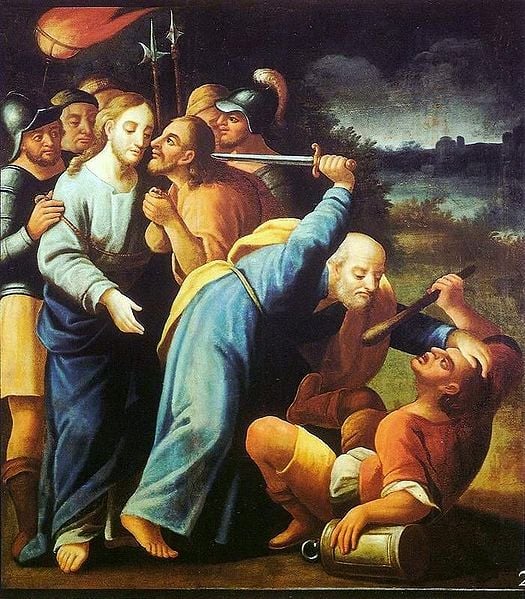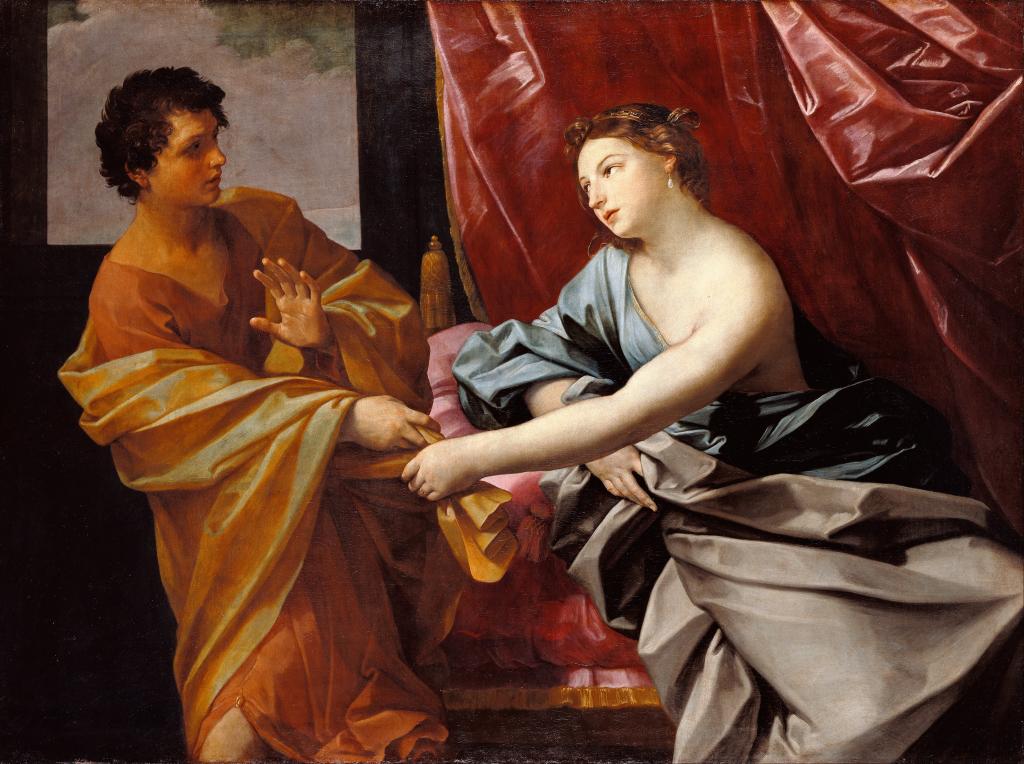A few months ago I learned a hard lesson about public questions and faith, when a long-time friend chose my facebook wall as a place to tell me that I didn’t seem to have a testimony of the Church. I’ve written about this experience on another blog, where I attempted to sort through the encounter and its implications.
Recently I was reminded of this experience when the Wear Pants to Church debacle broke across facebook. As outspoken feminists encountered surprisingly bitter backlash from friends and family, the feminist Mormon housewives facebook group temporarily transformed into a group support clinic, with Joanna Brooks leading discussions about how to stay strong the face of persecution.
In the wake of what some have jokingly called Pantspocalypse, bystanders have moved on. But questions of how to approach – well, questions about faith absolutely remain. When not just actions but mere questions seem to inspire ire in friends, family, and fellow church-goers, how do Mormons and other religious people develop the contemplative lives that are necessary to learn and gain wisdom?
With these questions in the back of my mind, it’s been a bit of a relief as I’ve begun to read Terryl and Fiona Givens’s The God Who Weeps: How Mormonism Makes Sense of Life. I’ve never been one to read popular Mormon books, whether fiction or nonfiction, and every nonfiction book about Mormonism that friends or church programs have gifted to me remain on my bookshelf unread. But Givens and Givens have restored a little of my trust that Mormonism is a faith, movement, and culture with endless potential for contemplation.
I requested a copy of the book a couple weeks ago, intending to write a review, but instead I find myself a few chapters in, satisfied to slowly peruse my way through, rather than tackle everything at once. Because the value I see in God Who Weeps is not so much in its ability to provide answers, but rather to pose questions. Instead of diving directly into a discussion of Mormonism, Givens and Givens first work through basic questions about where faith fits in a secular world, and whether God is a being who should, in fact, be worshiped.
Subsequent chapters then focus on specific areas of Mormon belief and doctrine that shape Mormonism in fundamental ways. What does it mean, for instance, to believe in a God whose “heart is set upon us,” as the first chapter considers? Or to believe in free will that existed before we even came to Earth? I distinctly remember the moment when I realized, in a high school class, just how unique my Mormon faith made my beliefs about God’s nature. As I read over Givens and Givens’s careful consideration of basic but profound questions, I’m reminded of two things that given me hope:
1) Mormons, despite all the differences we experience, share in common some fundamental assumptions that shape our perspective. My mother and I may never see eye-to-eye on Glenn Beck, but we both believe that humans are children of God with divine potential, who made decisions even before they came to Earth. Chauvinistic BYU boys may disagree with me about who’s responsible for their thoughts when they see a woman in a bikini, but we at least agree that they shouldn’t dwell on thoughts that objectify women. For all the disagreements we may have in Sunday School and Relief Society lessons, there’s a reason we all come back.
2) Mormonism is worth contemplating. Adult Sunday School classes get a bad rap for being dry and repetitive, because too often we make them that way. Teachers and students alike sometimes go through the steps of asking and answering questions, without really considering those questions. But why should ancient beings sit in a mortal room, clothed in mortal bodies, only to speak without thought? To say that exercise is silly is an understatement.
Instead, let’s not shy away from questions that seem hard, and let’s not mistake simple questions for shallow ones.
In that spirit, I’d like some of your thoughts: how do we go about cultivating meaningful discussions at church?











